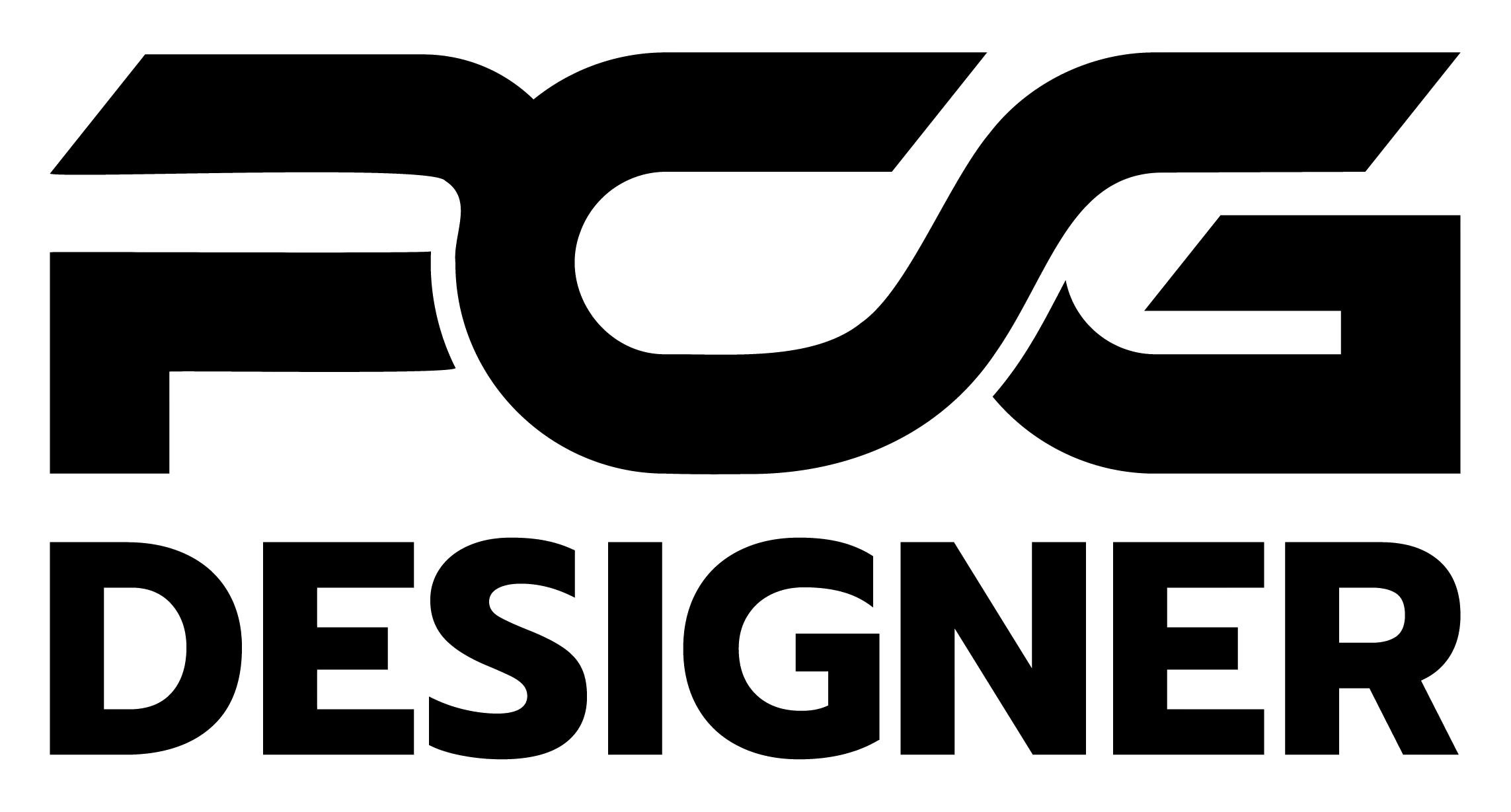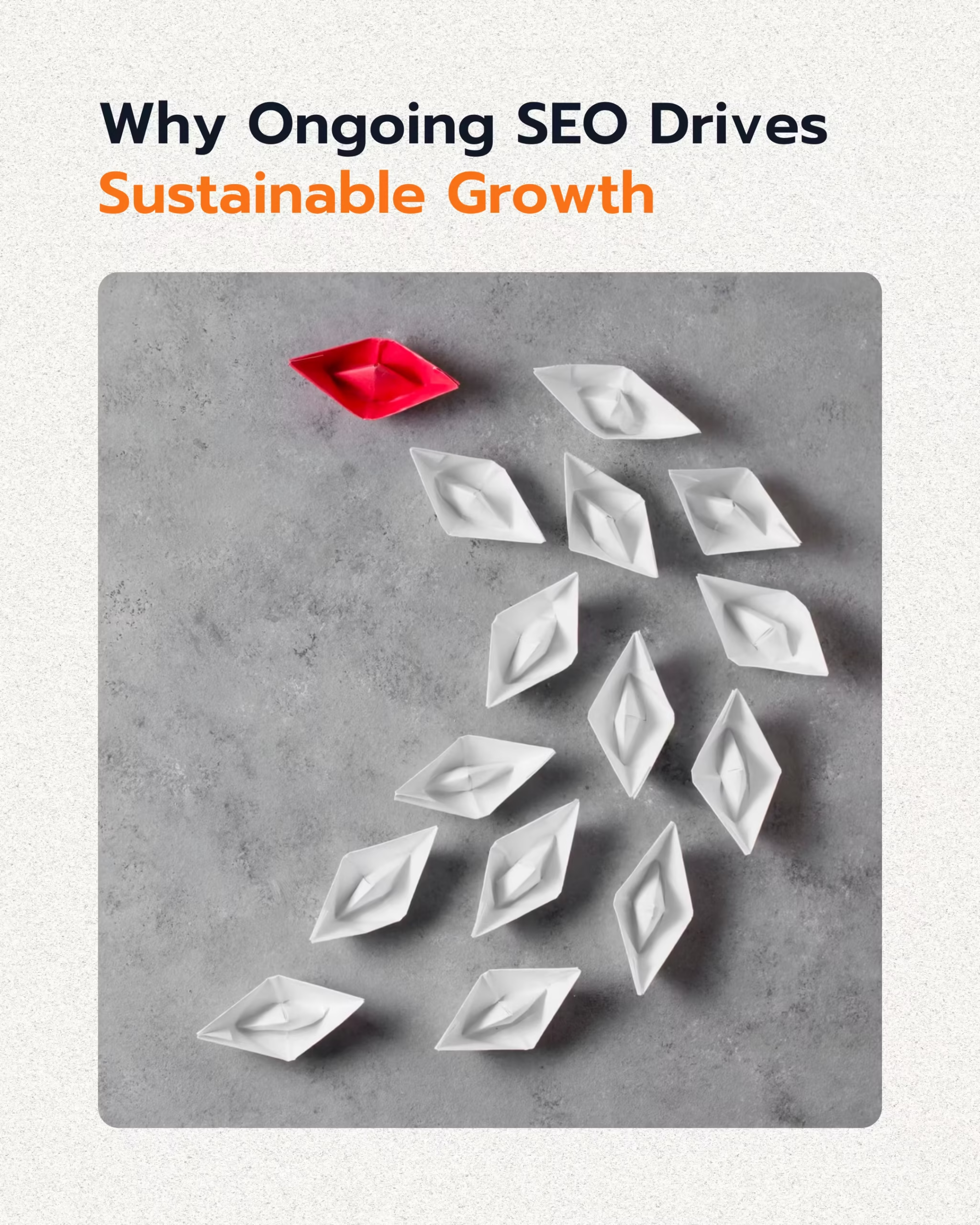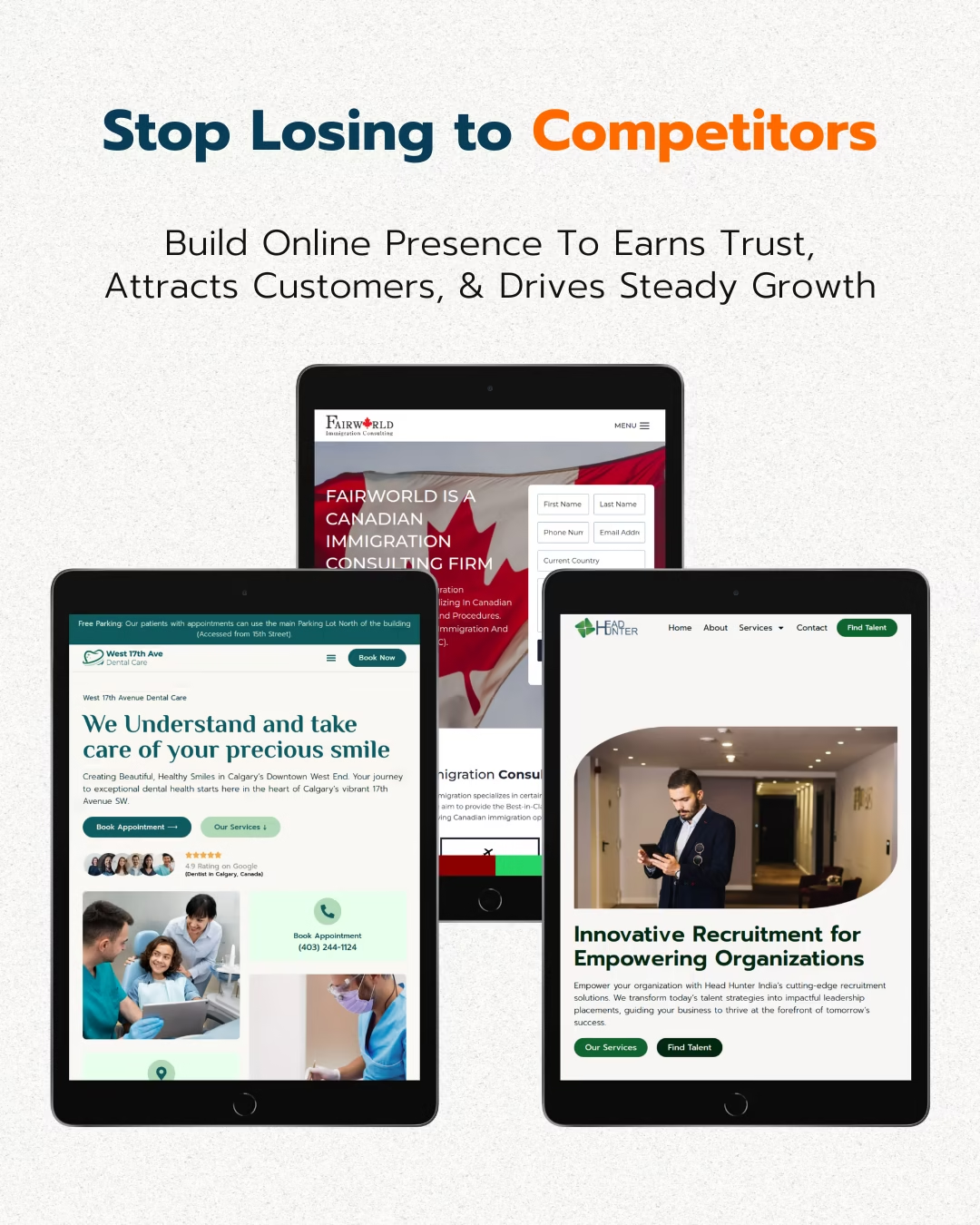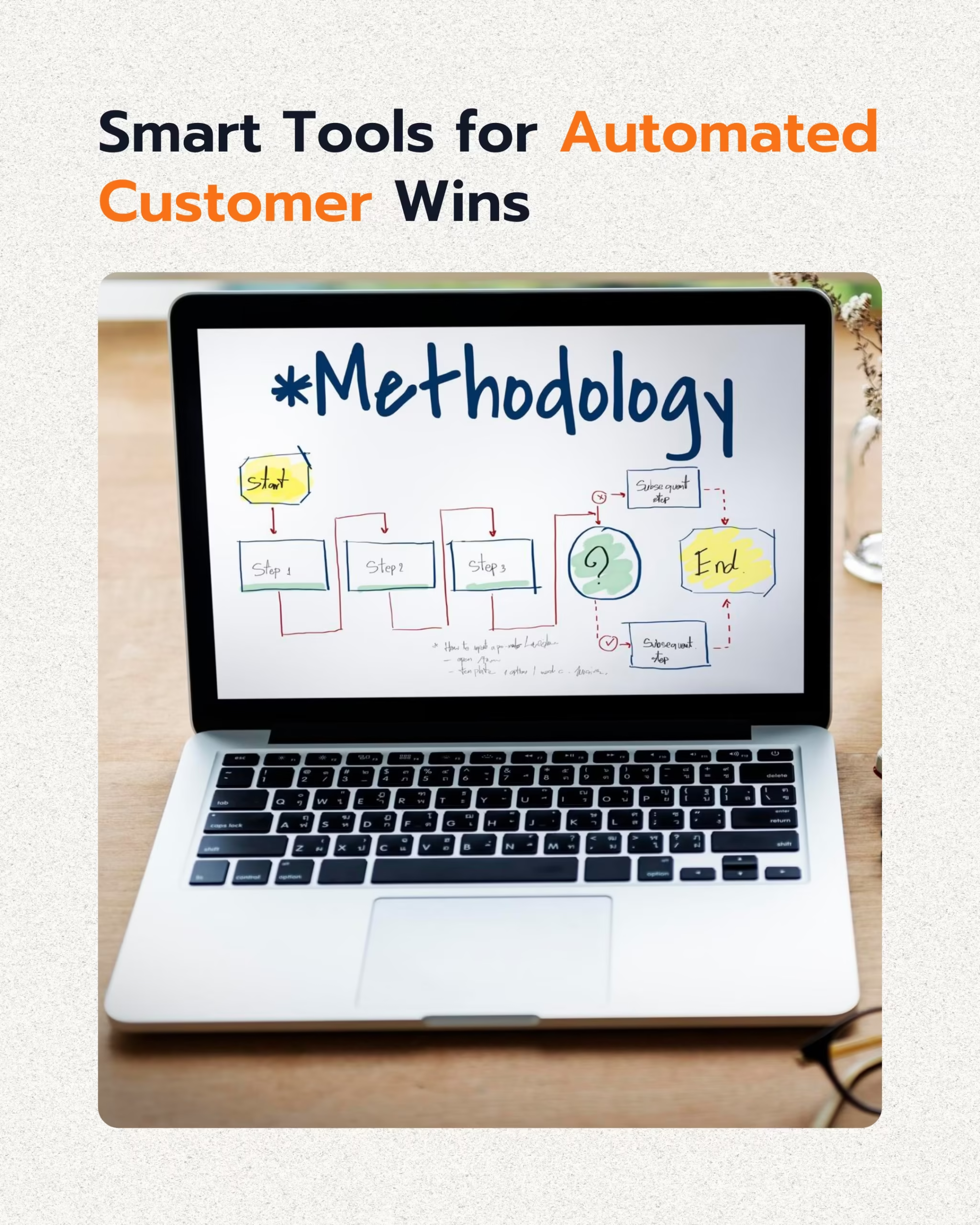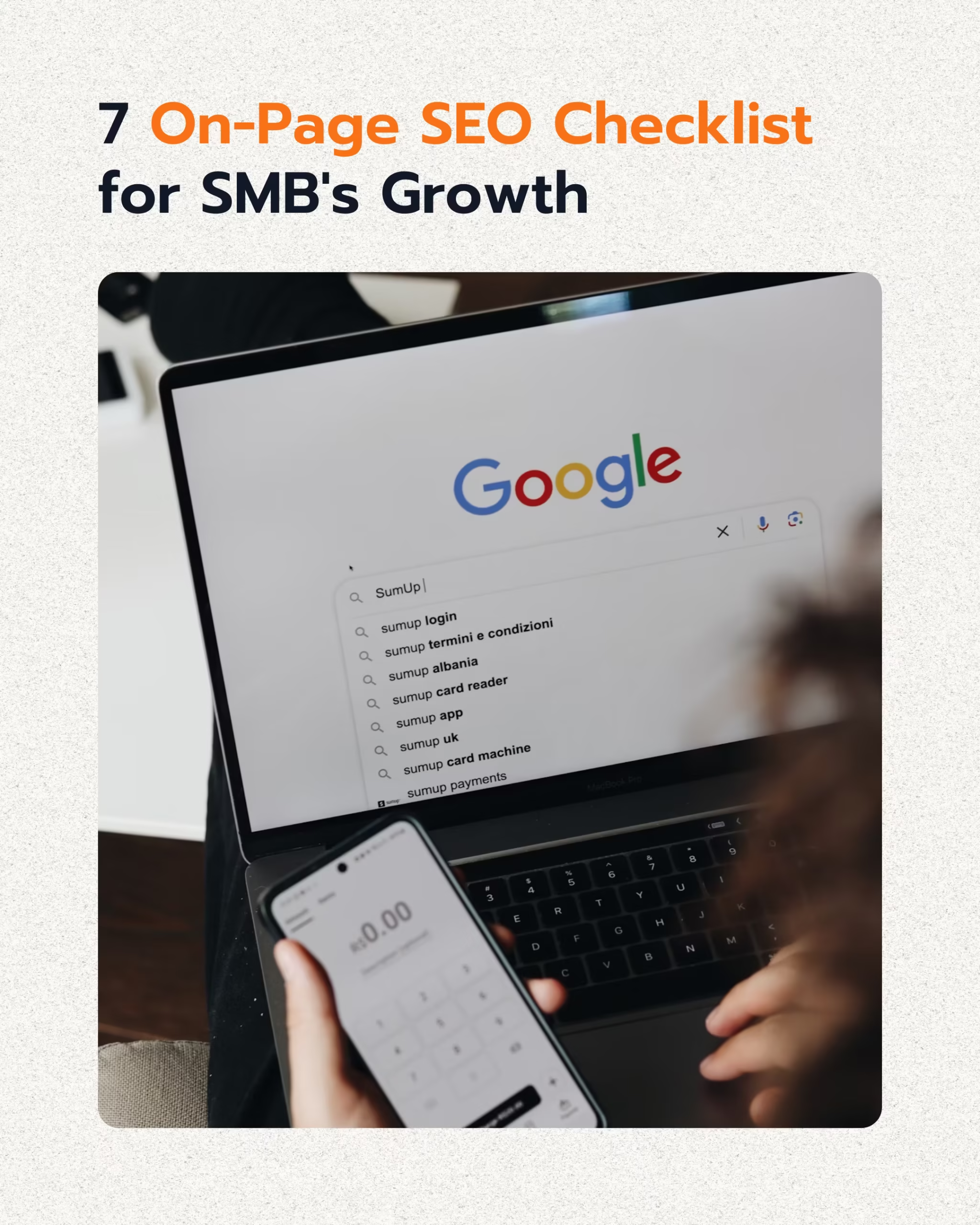Ongoing SEO is not a one-time task; it is a continuous process essential for maintaining and improving online visibility. Businesses must commit to persistent SEO efforts to achieve long-term digital success and stay competitive in the dynamic online landscape.
This guide explores why ongoing SEO is critical, covering its impact on organic traffic, adaptation to algorithm changes, content strategies, technical maintenance, and the role of AI in future-proofing digital presence.
Foundational Role of Ongoing SEO
Ongoing SEO forms the backbone of a sustainable digital marketing strategy. It ensures that a website remains visible and relevant in search engine results, which directly translates to consistent organic traffic and potential customer engagement. Without continuous optimization, a site risks losing its ranking and visibility to competitors who actively manage their SEO.

What Defines Ongoing SEO?
Ongoing SEO involves a series of continuous activities designed to improve and maintain a website’s search engine ranking. This includes regular content updates, technical audits, backlink management, and adapting to algorithm changes. It is a proactive approach to digital marketing that recognizes the fluid nature of search engine optimization.
- Continuous Monitoring: Tracking keyword performance, traffic sources, and user behavior to identify areas for improvement.
- Regular Updates: Keeping website content, structure, and technical elements current with search engine best practices.
- Proactive Adaptation: Responding to algorithm updates and shifts in user search intent before they negatively impact rankings.
Why Is Ongoing SEO a Necessity?
The digital landscape is constantly evolving, with search engines like Google frequently updating their algorithms. A static SEO strategy quickly becomes obsolete. Ongoing SEO ensures that a business’s online presence remains robust, capturing a significant share of organic search traffic. For example, organic search drove 33% of overall website traffic across seven key industries in 2024, highlighting its importance as a major traffic source Conductor.
Businesses that neglect ongoing SEO often see a decline in organic traffic and conversions. The global SEO services market is projected to grow to $146.96 billion in 2025, illustrating expanding business investment in SEO, which underscores its necessity AIOSEO.
Key Benefits of Consistent SEO Efforts
Consistent SEO efforts yield a range of benefits that contribute to long-term business growth. These include improved brand visibility, increased organic traffic, higher conversion rates, and a stronger competitive position. Nearly 49% of marketers report organic search as the marketing channel with the best ROI Backlinko.
- Enhanced Visibility: Higher rankings mean more impressions and clicks, making your brand more discoverable.
- Increased Organic Traffic: Directing relevant users to your site who are actively searching for your products or services.
- Better User Experience: SEO improvements often coincide with better site speed, mobile-friendliness, and content quality.
- Sustainable Growth: Building a strong organic presence reduces reliance on paid advertising, offering a more cost-effective growth model.
| Metric | Impact of Ongoing SEO | Supporting Statistic (2024-2025) | Source |
|---|---|---|---|
| Website Traffic | Significant driver of overall traffic | Organic search drove 33% of overall website traffic | Conductor |
| Marketing Goals | Positive influence on performance | 91% of marketing professionals reported positive impact | Conductor |
| Click-Through Rate | Dominant source of clicks on SERPs | Organic results account for 94% of all clicks on Google | AIOSEO |
| Return on Investment (ROI) | Highest ROI among marketing channels | 49% of marketers report organic search as best ROI channel | Backlinko |
Adapting to Algorithm Shifts
Search engine algorithms are not static; they undergo frequent updates, ranging from minor tweaks to major core updates. These changes can significantly impact a website’s rankings and visibility. Ongoing SEO ensures a business can adapt quickly, mitigating negative effects and capitalizing on new opportunities.

Understanding Algorithm Updates
Google, for instance, makes thousands of changes to its search algorithm each year. While many are small, others, like core updates, can drastically alter search results. These updates aim to improve search quality and user experience. Businesses must monitor these changes and understand their implications for their SEO strategy.
- Core Updates: Broad changes that can affect rankings across many websites, often focusing on content quality and overall user experience.
- Specific Updates: Targeted changes, such as those impacting local search, mobile-friendliness, or spam detection.
- Continuous Evolution: Algorithms learn and adapt, making ongoing monitoring and adjustment essential for sustained performance.
Strategies for Algorithm Adaptation
Adapting to algorithm shifts requires a proactive and informed approach. This involves staying updated with industry news, analyzing ranking fluctuations, and implementing necessary adjustments to content and technical SEO. Experienced SEO consultants advocate for weekly meetings and continuous content updates to ensure timely reactions to Google updates Evolving SEO.
For example, when Google emphasizes mobile-first indexing, businesses must ensure their sites are fully responsive and optimized for mobile devices. Neglecting such updates can lead to a significant drop in mobile search rankings.
Case Study: Adapting to Algorithm Changes
A prominent e-commerce client experienced a dip in non-branded organic traffic following a Google core update. Their ongoing SEO team quickly identified that the update penalized sites with thin or duplicate product descriptions. By implementing a content calendar, fixing technical issues, and aligning content with user intent, they achieved a 427% growth in new users and substantial non-branded traffic increase over two years Evolving SEO. This demonstrates the power of continuous adaptation.
Content Optimization and Expansion
Content is a cornerstone of SEO, and its effectiveness is not static. Ongoing SEO involves continually optimizing existing content and strategically expanding new content to meet evolving user needs and search engine requirements. This ensures that a website remains a valuable resource for its target audience.

The Importance of High-Quality Content
Search engines prioritize high-quality, relevant, and comprehensive content. Pages ranking on Google’s first page average 1,447 words, with longer, high-quality content generating 3x more traffic, 4x more shares, and 3.5x more backlinks Backlinko. Content quality is crucial for attracting and retaining users, signaling to search engines that your site provides authoritative information.
- Relevance: Content must directly address user queries and provide valuable insights.
- Depth: Comprehensive coverage of topics, offering detailed information beyond surface-level explanations.
- Engagement: Content that keeps users on the page longer, reducing bounce rates and improving user signals.
Strategies for Content Optimization
Content optimization is an ongoing process that includes updating outdated information, improving readability, and incorporating new keywords. It also involves identifying and resolving issues like keyword cannibalization, where multiple pages compete for the same keywords, diluting their individual ranking potential.
- Content Audits: Regularly review existing content to identify underperforming pages, outdated information, or opportunities for expansion.
- Keyword Research: Continuously research new and emerging keywords to capture evolving search intent and expand content topics.
- Content Refreshes: Update old articles with new data, examples, and perspectives to maintain their relevance and authority.
- Internal Linking: Improve the internal link structure to guide users and search engines through your site, distributing link equity.
Case Study: Content-Driven Growth
Messente, a B2B company, achieved significant growth through ongoing content optimization. Their strategy involved a thorough content audit, fixing keyword cannibalization issues, and refreshing 28 existing articles. This led to a 269% organic traffic growth and a 247% boost in lead generation inblog.ai. This highlights how strategic content updates can revitalize a website’s performance.
Technical SEO Health and Audits
Technical SEO ensures that search engines can effectively crawl, index, and understand a website. Neglecting technical aspects can hinder even the best content strategies. Ongoing SEO includes regular technical audits to identify and resolve issues that could impede search engine visibility and user experience.

What Does Technical SEO Encompass?
Technical SEO covers a wide range of factors that influence how search engines interact with a site. These include site speed, mobile-friendliness, crawlability, indexability, site architecture, and structured data implementation. A technically sound website provides a better foundation for all other SEO efforts.
- Site Speed: Optimizing loading times for a better user experience and search engine ranking.
- Mobile Responsiveness: Ensuring the website functions flawlessly across all devices.
- Crawlability: Making sure search engine bots can access and read all important pages.
- Structured Data: Implementing schema markup to help search engines understand content context.
The Role of Regular Technical Audits
Regular technical audits are crucial for identifying and fixing issues before they escalate. These audits can uncover problems such as broken links, duplicate content, crawl errors, poor internal linking, and index bloat. Addressing these issues strengthens a site’s overall SEO health.
For example, a site with a high number of 404 errors or slow page load times will struggle to rank well, regardless of its content quality. Tools like Google Search Console provide insights into many of these technical issues, but a comprehensive audit often requires specialized tools and expertise.
Case Study: Technical Fixes Driving Growth
Home Gallery Stores significantly improved its organic traffic and revenue by focusing on technical SEO. Their strategy included a comprehensive website audit, index management, and crawl waste reduction. These efforts resulted in a 230% organic traffic increase, 120% revenue growth, and a 15% bounce rate decrease Bruce Clay. This demonstrates the direct impact of a healthy technical foundation on business outcomes.
Competitive Advantage and Market Dynamics
In a crowded digital marketplace, maintaining a competitive edge requires more than just initial SEO setup. Ongoing SEO allows businesses to continuously monitor competitors, adapt to market shifts, and refine their strategies to stay ahead. It is a dynamic process that reflects the constant evolution of industry trends and consumer behavior.

Monitoring the Competitive Landscape
Competitors are also engaging in SEO, and their strategies can influence your rankings. Ongoing SEO involves regularly analyzing competitor performance, identifying their successful tactics, and finding opportunities to differentiate your own approach. This includes monitoring their keyword rankings, content strategies, and backlink profiles.
- Keyword Gap Analysis: Discovering keywords your competitors rank for but you do not.
- Content Analysis: Evaluating competitor content to identify strengths and weaknesses, and opportunities for improvement.
- Backlink Profile Review: Understanding where competitors are acquiring links and identifying potential outreach targets.
Adapting to Market Shifts and User Behavior
Market dynamics, such as new product launches, economic changes, or evolving consumer preferences, can impact search demand. Ongoing SEO ensures that your keyword strategy and content remain aligned with these shifts. For example, if a new trend emerges, quickly creating optimized content around it can capture early search traffic.
User behavior also changes over time, including how they phrase queries or the types of content they prefer. Regularly analyzing user data and search trends helps refine content and keyword strategies to meet these evolving needs.
Case Study: Gaining a Competitive Edge
CMA Exam Academy implemented ongoing SEO to gain a competitive advantage. Their strategy involved technical fixes, reoptimizing content, and a custom content strategy. Over one year, they achieved a 125% revenue increase, 121% pageview growth, and 147% more users Traffic Think Tank. This sustained growth allowed them to outperform competitors by consistently improving their organic presence.
Measuring ROI and Sustained Growth
Ongoing SEO is not just about rankings; it is about driving measurable business results. Continuously tracking key performance indicators (KPIs) and demonstrating a clear return on investment (ROI) is crucial for justifying ongoing efforts and securing resources. This data-driven approach ensures that SEO activities are aligned with business objectives and contribute to sustained growth.

Key Performance Indicators for Ongoing SEO
Measuring the effectiveness of ongoing SEO involves tracking various KPIs that reflect organic visibility, traffic, engagement, and conversions. These metrics provide insights into what is working and where adjustments are needed.
- Organic Traffic: The volume of visitors arriving from search engines.
- Keyword Rankings: Position of target keywords in search results.
- Conversion Rate: Percentage of organic visitors who complete a desired action (e.g., purchase, lead form submission).
- Bounce Rate: Percentage of visitors who leave after viewing only one page.
- Time on Page: Average duration visitors spend on a specific page.
Demonstrating ROI for Continuous Investment
Proving the ROI of ongoing SEO is essential for long-term investment. This involves attributing revenue or leads directly to organic search channels. With nearly 49% of marketers reporting organic search as the marketing channel with the best ROI, demonstrating this value is achievable Backlinko. Businesses need to track the entire customer journey, from initial search to conversion.
For example, a business can calculate the value of organic leads or sales and compare it against the cost of ongoing SEO services. This quantifiable data helps stakeholders understand the financial benefits of continuous optimization.
Case Study: Revenue Growth Through SEO
Learning with Experts saw significant revenue growth directly attributable to their ongoing SEO efforts. By focusing on keyword research, on-page and site structured optimization, and content creation, they achieved a 59% increase in organic sessions and 94% revenue growth in just five months Traffic Think Tank. This case illustrates how consistent SEO can directly impact the bottom line.
AI Integration and Future-Proofing
The rise of artificial intelligence (AI) is transforming SEO, making ongoing adaptation even more critical. AI-powered tools and algorithms are influencing how content is created, optimized, and ranked. Integrating AI into ongoing SEO strategies is essential for future-proofing a digital presence and maintaining a competitive edge.

How AI Is Changing SEO
AI is impacting various aspects of SEO, from keyword research and content generation to technical audits and personalized search results. Search engines use AI to better understand user intent and deliver more relevant results. This means SEO professionals must understand how AI influences ranking factors.
- Content Creation: AI tools assist in generating content ideas, outlines, and even drafts, speeding up the content production process.
- Keyword Research: AI helps identify long-tail keywords, understand semantic relationships, and predict search trends.
- Personalized Search: AI algorithms tailor search results based on individual user history, location, and preferences.
- Technical Audits: AI-powered tools can quickly identify complex technical issues and suggest solutions.
Integrating AI into Ongoing SEO Best Practices
For ongoing SEO, integrating AI means leveraging these tools to enhance efficiency and effectiveness. This includes using AI for data analysis, content optimization, and predictive insights. 86% of SEO professionals incorporate AI tools to automate tasks and improve results SeoProfy.
- AI-Powered Content Optimization: Use tools to analyze content for readability, keyword density, and semantic relevance.
- Automated Reporting: Leverage AI to generate detailed SEO performance reports, highlighting trends and areas for improvement.
- Predictive Analytics: Employ AI to forecast algorithm changes or shifts in search demand, allowing for proactive strategy adjustments.
- Enhanced User Experience: Use AI to personalize website content and recommendations, improving engagement and conversions.
Future-Proofing Your SEO Strategy
Future-proofing an SEO strategy involves staying abreast of AI advancements and continuously integrating new technologies. This ensures that a business’s online presence remains resilient to technological shifts and continues to perform well in an AI-driven search landscape. Businesses that combine SEO with quality content and new technologies like AI can achieve sustained improvements in traffic and performance.
For example, understanding how AI processes natural language queries helps in optimizing content for voice search and conversational AI interfaces. This forward-thinking approach is a hallmark of effective ongoing SEO.
| AI Application Area | Benefit for Ongoing SEO | Adoption Rate (2025) | Source |
|---|---|---|---|
| Content Automation | Faster content generation, improved relevance | 72% of marketers use AI for content creation | SEO.com |
| Keyword Research | Deeper insights into semantic search, long-tail keywords | 86% of SEO professionals use AI tools | SeoProfy |
| Technical SEO | Automated identification of site issues, optimization suggestions | Growing adoption in audit tools | SeoProfy |
| Personalization | Tailored user experiences, higher engagement | Increasingly integrated into search algorithms | HubSpot |
Frequently Asked Questions (FAQ)
How do I start an ongoing SEO strategy for my business?
To start an ongoing SEO strategy, begin with a comprehensive audit of your current website to identify strengths and weaknesses. Then, conduct thorough keyword research to understand your target audience’s search intent. Develop a content plan, optimize technical elements, and establish a regular monitoring and reporting schedule.
What are the core components of ongoing SEO maintenance?
- Regular Content Updates: Refreshing old content and publishing new, relevant articles.
- Technical Audits: Checking for crawl errors, broken links, and site speed issues.
- Backlink Management: Building high-quality backlinks and disavowing harmful ones.
- Keyword Monitoring: Tracking keyword performance and identifying new opportunities.
- Competitor Analysis: Staying informed about competitor strategies and rankings.
- Algorithm Adaptation: Adjusting strategies in response to search engine updates.
Why should businesses invest in ongoing SEO rather than one-time optimization?
Businesses should invest in ongoing SEO because the digital landscape is dynamic, with constant algorithm changes, evolving user behavior, and competitive pressures. A one-time optimization quickly becomes outdated, leading to declining rankings and traffic. Ongoing efforts ensure sustained visibility, adaptability, and long-term growth, delivering a better ROI over time.
When to expect results from ongoing SEO efforts?
Expect initial results from ongoing SEO efforts within 3-6 months, with more significant improvements typically appearing after 6-12 months. Factors like industry competitiveness, website age, and the intensity of optimization efforts influence the timeline. Consistency is key, as SEO is a long-term strategy.
How do algorithm updates affect ongoing SEO strategies?
Algorithm updates necessitate continuous adjustments to ongoing SEO strategies. These updates can change ranking factors, requiring shifts in content creation, technical optimization, or link building. Regular monitoring and analysis of algorithm changes allow businesses to adapt proactively, maintaining or improving their search visibility.
What role does content quality play in ongoing SEO?
Content quality is paramount in ongoing SEO. Search engines prioritize comprehensive, relevant, and engaging content that genuinely helps users. High-quality content attracts more organic traffic, earns backlinks, and improves user engagement metrics, all of which contribute to higher rankings. Ongoing SEO involves continuously enhancing and expanding content to meet these standards.
Can small businesses benefit from ongoing SEO?
Yes, small businesses can significantly benefit from ongoing SEO. It provides a cost-effective way to compete with larger companies by targeting niche keywords and local search. Consistent efforts can drive local traffic, generate leads, and build brand authority over time, leading to sustainable growth without large advertising budgets.
How does AI impact the future of ongoing SEO?
AI is transforming ongoing SEO by enhancing content creation, keyword research, and personalized search experiences. AI-powered tools automate tasks, provide deeper insights into user intent, and predict trends. Integrating AI into SEO strategies helps businesses stay ahead of algorithm changes and optimize for future search behaviors, making ongoing adaptation even more critical.
What are common mistakes to avoid in ongoing SEO?
- Ignoring Technical Issues: Neglecting site speed, mobile-friendliness, or crawl errors.
- Stagnant Content: Failing to update old content or create new, relevant material.
- Black Hat Tactics: Engaging in unethical practices that can lead to penalties.
- Lack of Monitoring: Not tracking performance metrics or analyzing competitor strategies.
- Inconsistent Efforts: Treating SEO as a one-time project rather than a continuous process.
How often should technical SEO audits be performed?
Technical SEO audits should be performed at least quarterly for most websites. For larger or more dynamic sites with frequent content updates or structural changes, monthly audits may be necessary. Regular audits help identify and resolve issues like broken links, crawl errors, and site speed problems before they negatively impact rankings.
Is link building still important for ongoing SEO?
Yes, link building remains a crucial aspect of ongoing SEO. High-quality backlinks from authoritative sites signal trustworthiness and relevance to search engines, significantly impacting rankings. Ongoing SEO involves continuously seeking new, relevant link opportunities and maintaining a healthy backlink profile to boost domain authority.
What is the difference between SEO and ongoing SEO?
SEO refers to the overall practice of optimizing a website for search engines. Ongoing SEO specifically emphasizes the continuous, long-term nature of these efforts. While SEO encompasses initial setup and optimization, ongoing SEO focuses on the sustained maintenance, adaptation, and improvement required to remain competitive and visible over time.
Conclusion
Ongoing SEO is not merely a tactic; it is a fundamental business imperative for long-term digital success. Its continuous nature ensures adaptability to algorithm changes, relevance in content, technical soundness, and a sustained competitive advantage. By embracing ongoing SEO, businesses secure consistent organic traffic, drive measurable ROI, and future-proof their online presence in an increasingly AI-driven world.
